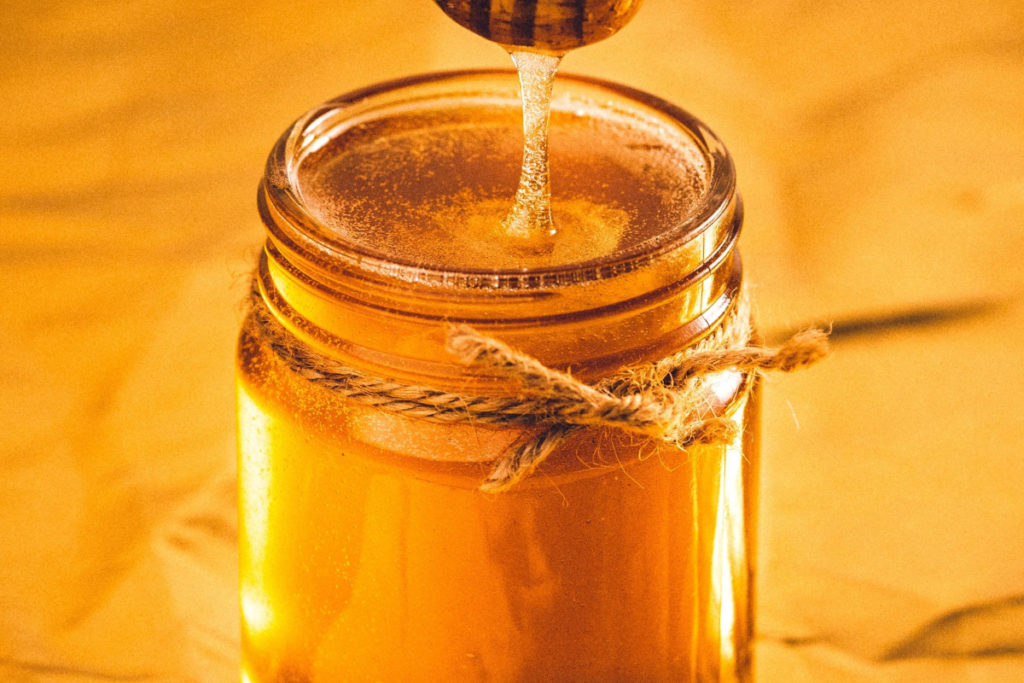A recent study shows that radioactive material is still present in plants and animals more than 50 years after the world’s fascination with atomic bomb testing hit its peak in the 1950s and ’60s, but the scariest part is that we may have been living with harmfully elevated levels for decades.
Tiny radioactive particles called radiocesium were dispersed throughout the upper atmosphere during those nuclear tests, and many scientists believe that the east coast of the U.S. received the brunt of that fallout, thanks to wind and rainfall patterns.
To help his undergraduate students see this pattern, geologist James Kaste of the College of William & Mary in Williamsburg, Virginia came up with an interesting experiment. He asked his students to bring back local foods from their spring break destinations to test for those radiocesium levels.
The experiment was surprising to Kaste who discovered one particular batch of honey from Raleigh, North Carolina, with levels of the nuclear contaminant 100 times higher than the rest of the food samples.
From there, Kaste and his colleagues (including one undergrad) collected 122 more samples of locally produced, raw honey from all over the eartern United States for further testing. Out of those samples, more than half — 68 to be exact — tested at levels above 0.03 becquerels per kilogram, with the highest levels (19.1 bpk) coming from Florida.
What the heck is a becquerel and should we be concerned? Well, the U.S. Food and Drug Administration says that those levels fall well below the 1200 bpk tolerance for food safety concerns.
In fact, Kaste assures Science magazine that he’s not concerned over the findings. “I’m not worried at all,” Kaste adds. “I eat more honey now than I did before I started the project. And I have kids, I feed them honey.”
 What IS scary, though, is that the radiocesium’s harmful era has probably already passed since the contaminant degrades over time. “Cesium levels in honey were probably 10 times higher in the 1970s,” Kaste adds. “Because of radioactive decay, what we’re measuring today is only a whiff of what was there before.”
What IS scary, though, is that the radiocesium’s harmful era has probably already passed since the contaminant degrades over time. “Cesium levels in honey were probably 10 times higher in the 1970s,” Kaste adds. “Because of radioactive decay, what we’re measuring today is only a whiff of what was there before.”
Want to chat about all things post-apocalyptic? Join our Discord server here. You can also follow us by email here, on Facebook, or Twitter.


Leave a Reply